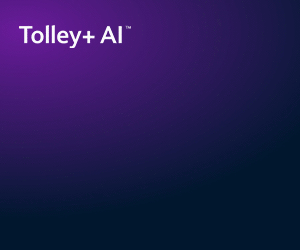Alenka Turnsek (PwC) examines key points arising from OECD’s report.
If you or your firm subscribes to Taxjournal.com, please click the login box below:
If you do not subscribe but are a registered user, please enter your details in the following boxes:
Alenka Turnsek (PwC) examines key points arising from OECD’s report.
If you or your firm subscribes to Taxjournal.com, please click the login box below:
If you do not subscribe but are a registered user, please enter your details in the following boxes:





